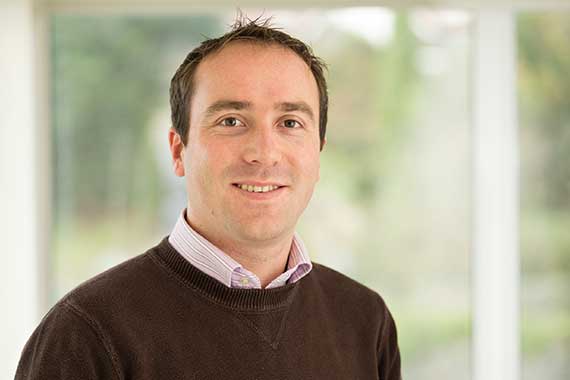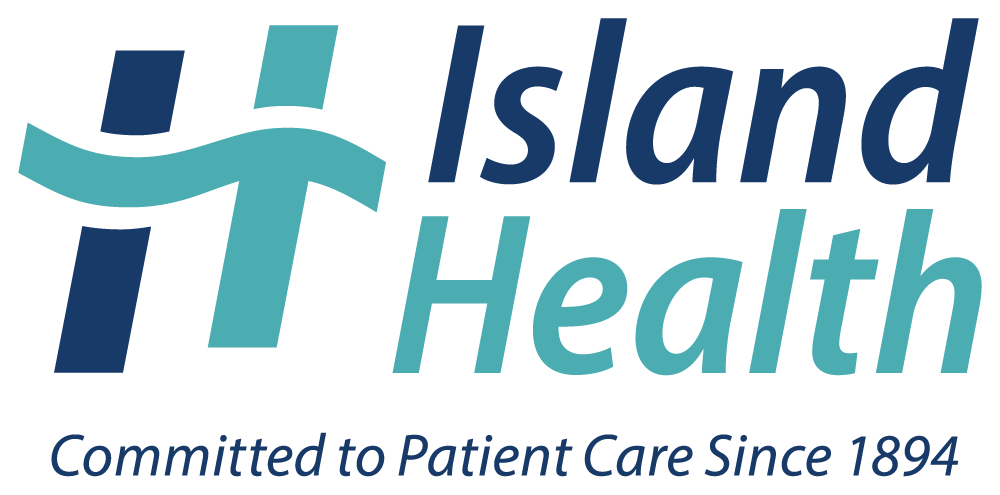Abdominal Aortic Aneurysm Screening
Overview
This page provides information on abdominal aortic aneurysm screening (also called AAA screening) for men aged 65 and over. It explains what an Abdominal Aortic Aneurysm (AAA) is and what happens when you go for screening. It should help you decide if you want to be screened.
Who we screen
What is an Aortic Aneurysm?
A bulge or swelling in the aorta.
Potential risks of an Aortic Aneurysm
Large aneurysms are rare but can be very serious. As the wall of the aorta stretches it becomes weaker and can burst, causing internal bleeding. Around 85 out of 100 people die when an aneurysm bursts.
An aorta which is only slightly enlarged is not dangerous. However, if the aorta measures between 3cm and 5.4cm it is important that we keep checking it to see if it is getting bigger.
Benefits of screening
If you have an aneurysm you will not usually notice any symptoms. This means you cannot tell if you have one, will not feel any pain and will probably not notice anything different.
We offer screening so we can find aneurysms early and monitor or treat them. This greatly reduces the chances of the aneurysm causing serious problems.
The easiest way to find out if you have an aneurysm is to have an ultrasound scan of your abdomen.
Around 1 in 92 men who are screened have an abdominal aortic aneurysm.
Risk factors
Men are 6 times more likely to have an abdominal aortic aneurysm than women, which is why women are not offered screening. The chance of having an aneurysm increases with age. Your chance of having an abdominal aortic aneurysm can also increase if:
- you are or have ever been a smoker
- you have high blood pressure
- your brother, sister or parent has, or has had, an abdominal aortic aneurysm.
AAA screening test
There are 4 possible results: 1. no aneurysm found, 2. small aneurysm, 3. medium aneurysm, 4. large aneurysm
No Aneurysm found
If your aorta is less than 3cm wide, this means you do not have an aneurysm. Most men have this result. No treatment or monitoring is needed afterwards. We will not invite you for AAA screening again.
Small (3cm-4.4cm), or Medium (4.5cm-5.4cm) Aneurysm
If you have a small or medium aneurysm you will not need treatment at this stage. However, it is important to monitor the size of the aneurysm as you might need treatment if it gets bigger. Most aneurysms get bigger very slowly, so many men with a small or medium aneurysm will never need treatment.
We will refer you to the local Vascular Multi -Disciplinary Team who will decide on what monitoring you require. All monitoring scans will be done at the PEH.
Large Aneurysm (5.5cm or bigger)
If we find a large aneurysm, we will refer you to the Vascular Multi-Disciplinary Team. You may need some more tests and a specialist will discuss possible treatment with you. This is typically an operation.
During the time when a large AAA is untreated, you may need to stop driving and to check health-related insurance, such as travel insurance.
Treatment for aneurysms that are found using screening is usually very effective. There are risks from treatment which will be explained in detail by the specialist.
Not everyone who has a large aneurysm will have an operation.
Risks from screening
There is no risk from the scan itself.
However, around 41 out of every 10,000 men screened will eventually have surgery to repair an aneurysm. On average, 1 of these 41 men will not survive the operation but their aneurysm may never have burst if left untreated.
Screening does not completely remove the risk of an aneurysm bursting but it is the best method of protection against this condition.
It is also important to mention that if you are found to have an aneurysm this can make it more difficult to get travel insurance.
Accuracy of screening test
The scan used to find aneurysms is very reliable. No screening test can be completely effective but it is very rare for a man to develop a large aneurysm if no aneurysm is found by screening.
Sometimes the person carrying out the scan will not be able to see the aorta clearly. This is nothing to worry about and they will ask you to have another scan, usually on a different day.
Further information
The Circulation Foundation and the British Heart Foundation support people with diseases of the veins and arteries, known as vascular diseases, including abdominal aortic aneurysms.
You can also speak to your GP.
Abdominal Aortic Aneurysm Screening Specialists

Dr Michael Long
BMBS MRCGP DRCOG
GP with Special Interest in Headache & Migraine, other interests in family medicine, ENT, and mental health.
Read More



